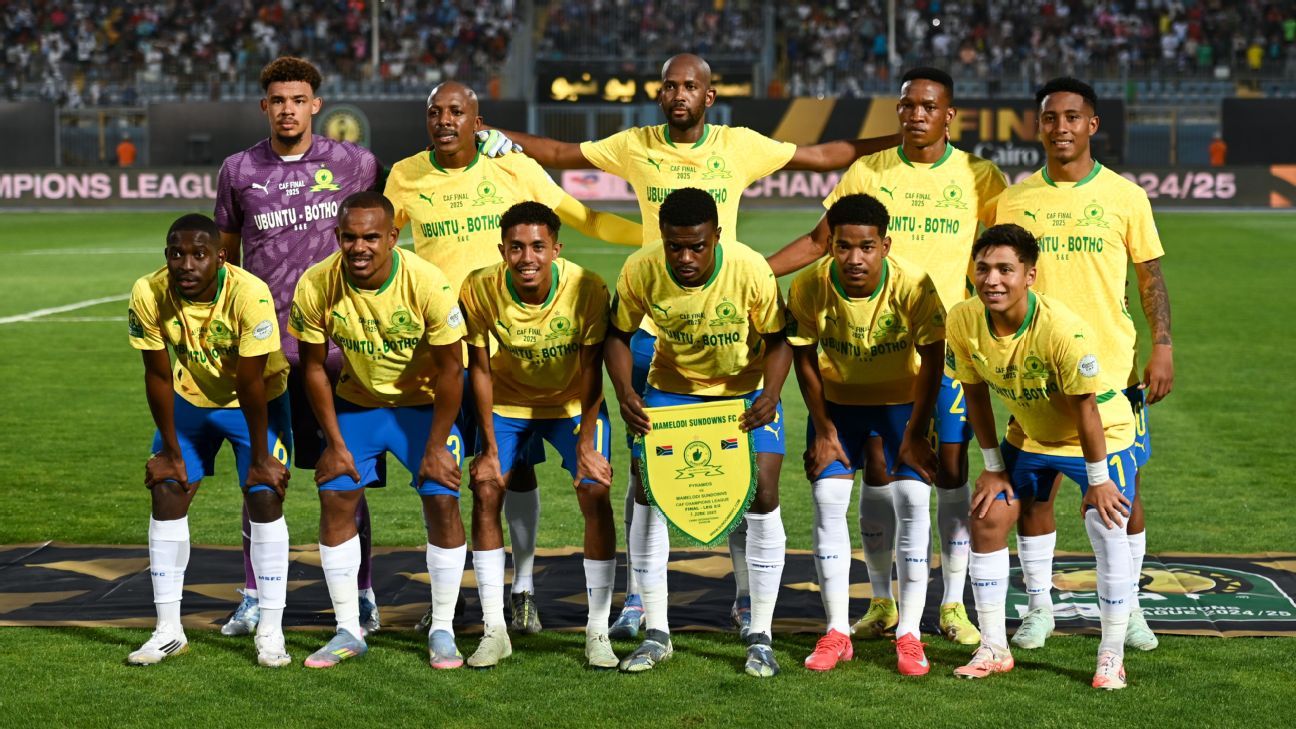Discussions surrounding the FIFA Club World Cup primarily emerged in early December, focusing on the density of match schedules, player fatigue, European clubs’ challenges post-season, and FIFA’s efforts to attract sponsorships and broadcasting partnerships. Such topics rarely gain substantial attention in mainstream media, especially in regions outside Europe and South America.
The World Cup, both for men and women, inherently represents national teams from all corners of the globe. Notably, in 2026, over half of the teams will hail from outside Europe and South America. However, club football differs significantly, as teams from various continents seldom face off in competitive arenas.
The newly expanded Club World Cup is viewed as a mechanism for FIFA and president Gianni Infantino to amplify their influence and monetary gains. However, an unexpected benefit of increasing the number of teams to 32 is the opportunity for clubs worldwide to showcase their talents on an unprecedented platform.
“For us, it’s straightforward,” states Thlopie Motsepe, president of South Africa’s Mamelodi Sundowns, one of four African clubs to qualify. “Our motto is ‘The sky is the limit.’ We symbolize aspiration and determination—originating as a club during apartheid, our journey reflects the limits we aim to surpass.”
While Mamelodi Sundowns stands as a prominent African club, their annual earnings of $38 million pale in comparison to the $500 million Dortmund earns during the group stages. A potential matchup against Real Madrid illustrates the stark financial disparities that exist, where increased revenue directly translates into larger budgets and stronger player salaries.
While Motsepe recognizes his club’s challenges, he insists they are competitive and eager to display Africa’s excellence. “We want people to remember the South African team and their style of play; that’s thrilling for us,” he notes.
This blend of competitive spirit and cultural representation transcends beyond the screen; global audiences witness Mamelodi’s colors and renowned jerseys. Additionally, the financial implications are substantial, with FIFA awarding 32 clubs a staggering $1 billion in total prize money.
However, this isn’t all merit-based; over half of the prize pot is designated as a “participation fee.” European clubs could secure $38.19 million, while African teams like Sundowns are set for $9.55 million, with additional funds contingent on tournament performance. A team advancing out of the group stage could earn upwards of $20 million—a significant boost compared to their current annual revenue and among the highest in Africa.
While the African competitors may not rival giants like Real Madrid or Bayern, they do dominate their respective regions. Motsepe recognizes the potential risks of this financial shift, noting, “While we gain funding, we must ensure it doesn’t simply enhance our dominance.” This funding could significantly transform community infrastructures and football academies—considering they currently lack their own stadiums.
“There’s a philosophy in Africa known as Ubuntu,” he remarks. “It emphasizes collective growth; this opportunity can uplift our communities and promise a brighter future.”
What could a brighter future entail? Africa generates immense football talent, second only to Europe and South America, yet most young players migrate to Europe around age 18 for better pay, often getting lost in lower leagues.
The question remains whether African leagues can retain top players until they reach 21 or 22, thereby generating transfer income at 18. Motsepe is realistic, stating, “I often encourage young talents to pursue opportunities abroad for pride in African representation,” while recognizing the excitement surrounding players like Mohamed Salah.
Nonetheless, he emphasizes the importance of academy investment in countries like Nigeria, Ghana, and Senegal, recognized for producing elite talents. “We can maintain a vibrant league and cultivate compelling football,” he asserts, referencing Spain’s success in talent development despite exporting top players.
“We should not engage in a fierce fight to retain players who excel abroad, but rather, embrace our inherent depth of talent.”
Motsepe’s words resonate not only for his club but also for others like Al Ahly in Egypt, Wydad AC in Morocco, and Esperance de Tunis in Tunisia, as they face similar hurdles. Smaller African teams now aim to compete against the European titans, hoping this tournament lays foundational steps for future growth.
Fan Take: The expansion of the Club World Cup represents a pivotal moment for African football, showcasing its talent on a global stage and potentially leveling the playing field financially. For fans, this could usher in a new era where clubs from diverse regions contend not just for prestige but also for their rightful place in the football hierarchy.



